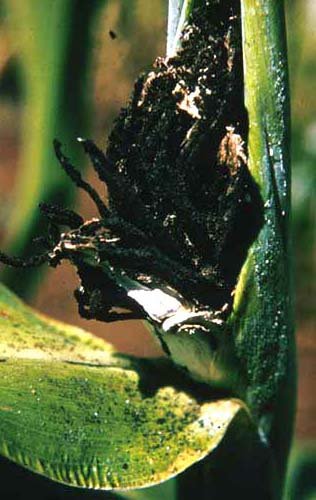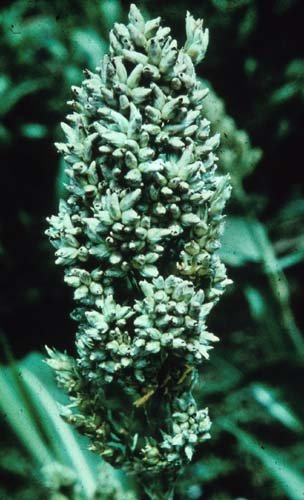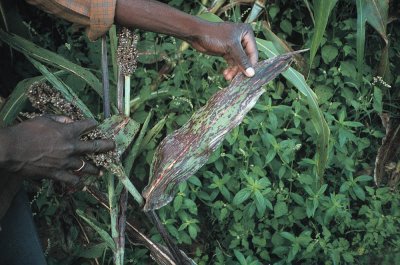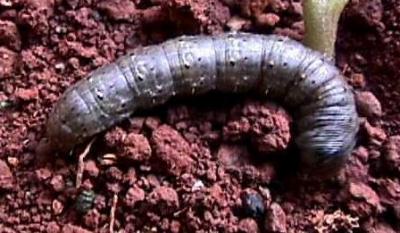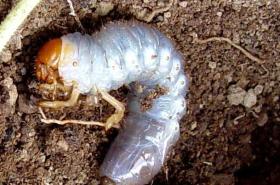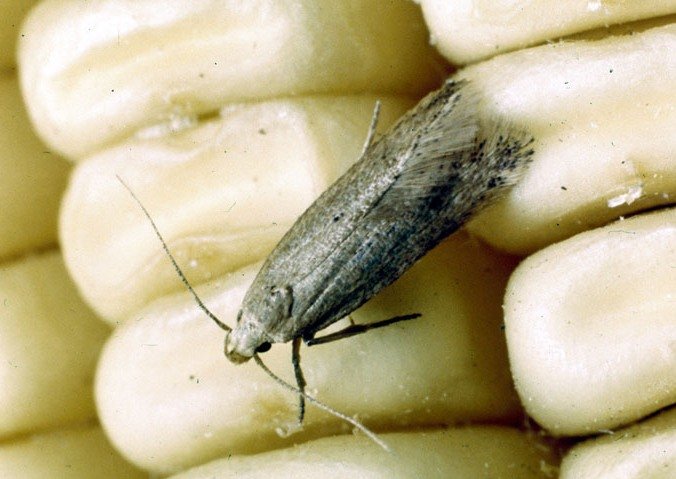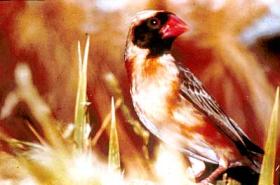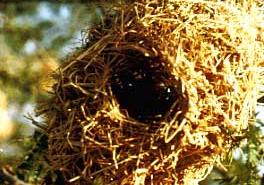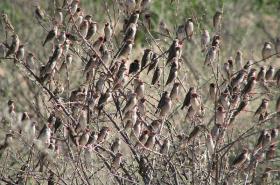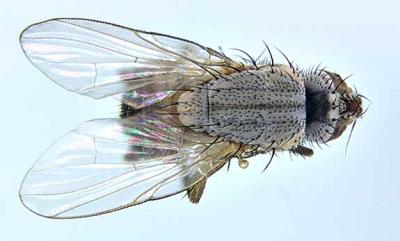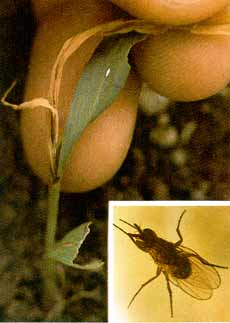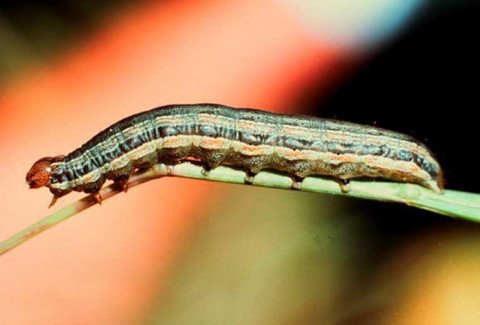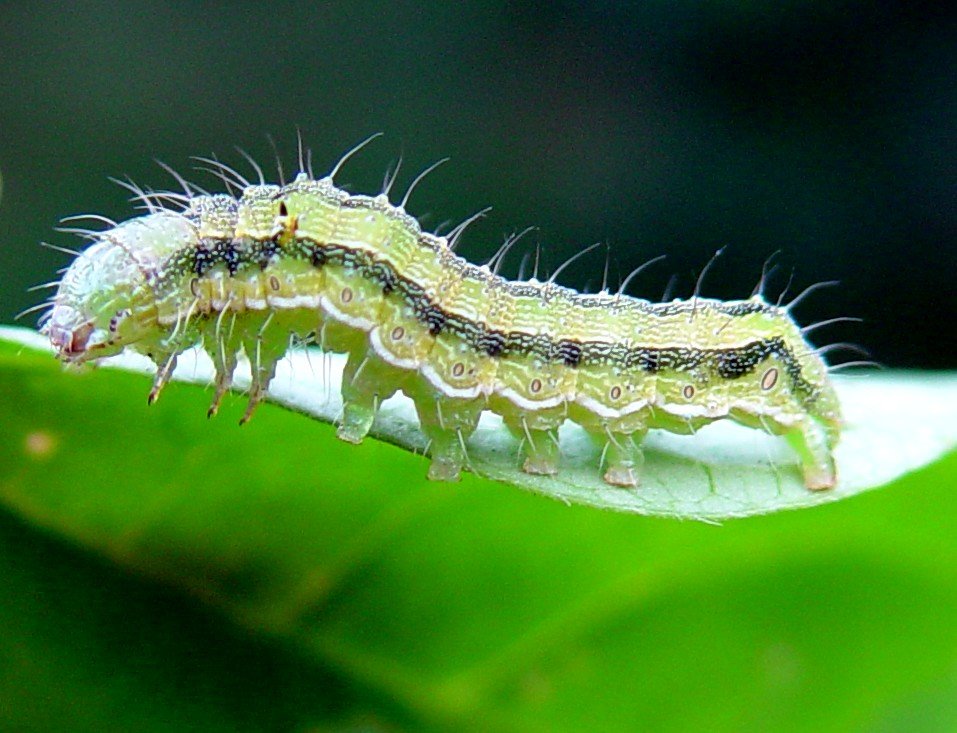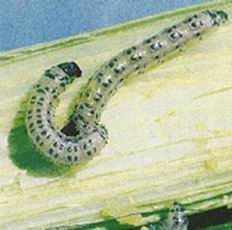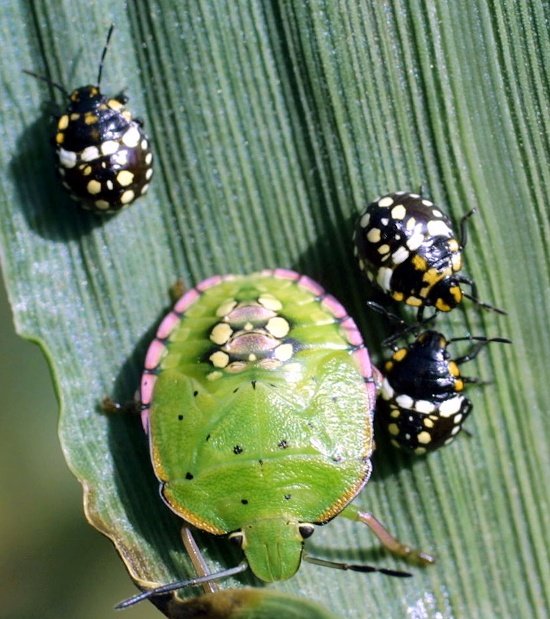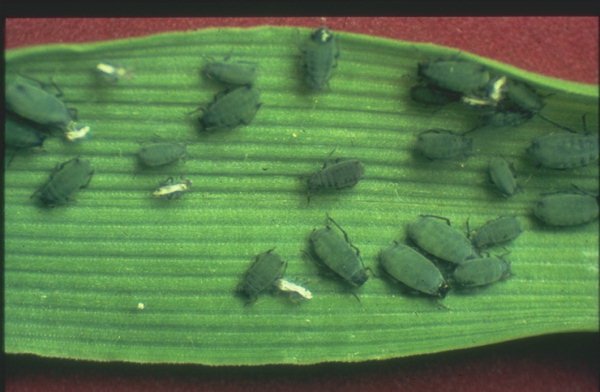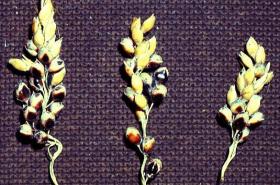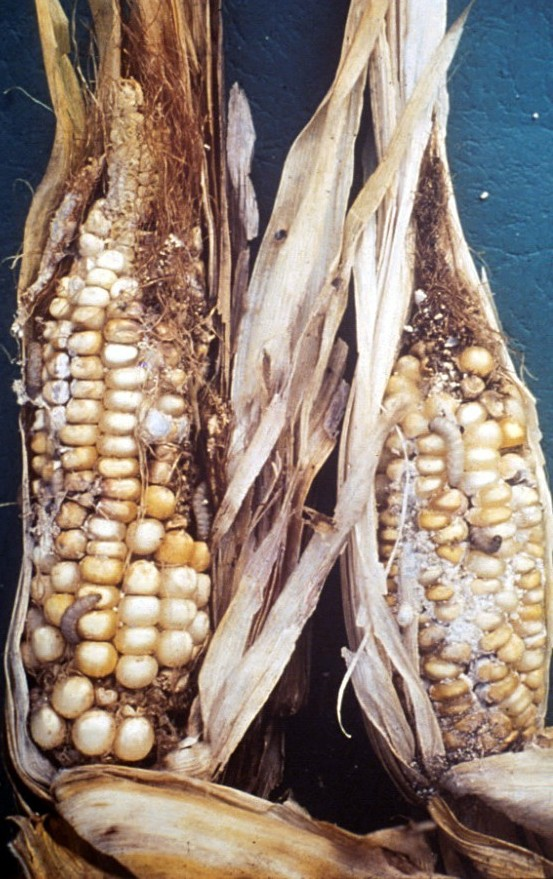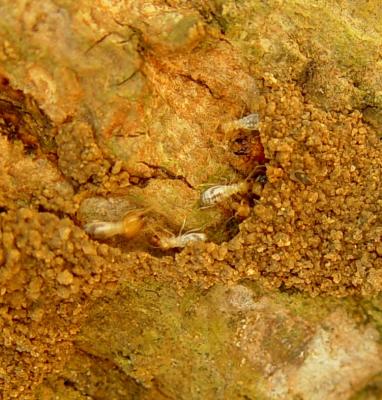Dr.iCow’s Diary
Date: 13.02.2020.
Dear Dr.iCow,
Ugonjwa wa kupoteza macho kwa kuku na kuaga?
My poultry are losing sight and causing deaths.
From: Miriam,County: Makueni, Kenya.
Discussion:
The problem with the chicken is being unable to see because their eyes are closed. There are some wounds around the eyes and affected chicken are not feeding well. The problem is affecting the adult birds more than the chicks.
Fowl pox is a viral disease of chicken caused by a pox virus which is transmitted by introduction of infected or carrier birds in a susceptible flock. This will cause an outbreak by direct contact and transmission in water and feeds. Signs seen are skin lesions on the featherless skin, and internal lesions of mucous lining of the upper alimentary canal and respiratory tract, refereed to as wet pox. The cutaneous form and the wet pox may both occur with the cutaneous form being more frequent. The disease may come as an outbreak. Prevention is done through vaccination.Separate infected birds from healthy ones.
Treatment of infected chicken is difficult and local lesions can be treated using a disinfectant. Like all viral diseases there is no specific treatment of Fowl pox. Supplement all the chicken those infected and not infected with multivitamins like Amilyte w.s.p. or Cosvita Ws so as to boost the birds’ immunity against the disease and disease stress.
Preventive vaccination is by far the most successful control method and vaccination is done at 3 weeks and 6 weeks of age and is given by a wing jab.
It is ideal to prevent your poultry against Fowl pox and other diseases by vaccinating them.Please follow vaccine regime as advised via iCow SMS. This is the best and only sure way of protecting your chickens.
Successful rearing of healthy, growing and productive chicken from day old chicks to adult birds depend on; nutritious feeds, clean fresh drinking water, observance of strict sanitary and hygienic measures in chicken house, clean feeders and drinkers which should be free of algae and moulds, keep a clean environment, and vaccinating your chicken against epidemic diseases. The following is a basic vaccination program for some epidemic chicken diseases;
i. Gumboro vaccine – @ 10 days and 18 days of age, given in drinking water.
ii. Newcastle Disease -NCD vaccine (may be available combined with Infectious bronchitis -IB vaccine as NCD + IB) – is given @ 21days, 8 weeks, 18 weeks, and every 3 months thereafter. It is given in drinking water or through eye drops.
iii. Fowl pox vaccine given -@ 3 weeks and 6 weeks of age and is given by a wing jab. iv. Fowl typhoid vaccine is given – @ 8 weeks of age and given by intramuscular injection.
Please follow the recommended chicken vaccination schedule for control and prevention against these diseases. It is the most successful method.
Thank you
From your friend and advisor,
Dr.iCow
